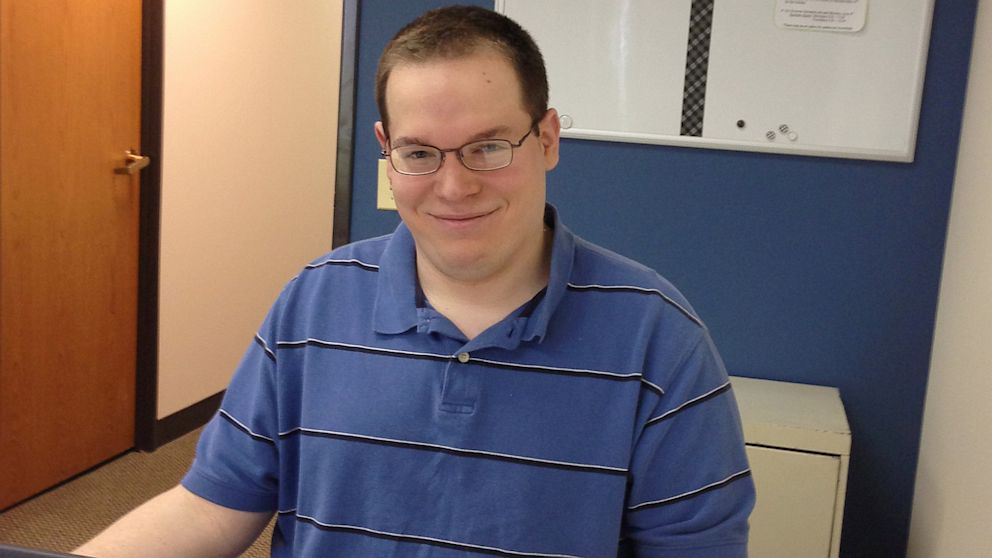Autism spectrum disorder is being identified with greater frequency, as a growing number of children are diagnosed annually; however, this trend indicates enhanced recognition rather than a reason for concern. To comprehend autism fully, one must acknowledge both the difficulties it presents and the distinct viewpoints autistic people contribute to our communities.
A deeper dive into the prevalence of autism
Fresh statistics from the Centers for Disease Control and Prevention (CDC) reveal that one in every 31 American children receives an autism spectrum disorder (ASD) diagnosis by their eighth birthday, a notable jump from the 2023 figure of one in 36. This consistent upward trend in diagnoses signifies not only enhanced understanding and diagnostic methodologies but also a wider societal acceptance of neurodiversity. As both a researcher and someone personally diagnosed with Asperger’s syndrome, I have directly observed the convergence of these figures with individual journeys and communal viewpoints.
Autism spectrum disorder affects individuals differently, typically influencing social communication, interaction, and behavior patterns. Decades ago, autism was considered rare, with estimates as low as 1 in 500 children. However, early studies in the late 1990s, such as those conducted in New Jersey, revealed higher prevalence rates, closer to 1 in 150 children. The establishment of the Autism and Developmental Disabilities Monitoring Network by the CDC in 2000 allowed for nationwide tracking, confirming that autism was far more common than previously believed.
Geographic and demographic factors influence prevalence rates. For instance, California reports approximately 1 in 19 children with autism, whereas Texas ranges from 1 in 51 to 1 in 103. In Arizona, the prevalence aligns closely with the national average at around 1 in 32. While boys are still more frequently diagnosed than girls, the gender gap has narrowed, reflecting improved recognition of how autism manifests differently across sexes.
From diagnosis to societal acceptance
The increasing number of autism diagnoses shouldn’t be viewed exclusively as a detrimental development. A significant number of children on the autism spectrum are fully engaged in educational settings, athletic pursuits, and social interactions. Studies reveal that most of them aim to pursue higher education and build fulfilling careers. These achievements underscore the necessity of perceiving autism not just as a collection of difficulties, but as a broad range of distinct talents and prospects.
The evolution of diagnostic standards has broadened the scope of autism’s definition, facilitating earlier and more precise recognition across a diverse spectrum of behaviors. Concurrently, growing societal understanding has fostered an atmosphere where individuals on the autism spectrum are more prominent and integrated, both in media depictions and in daily communal interactions. Autistic characters frequently take on leading roles in movies and TV shows, offering viewers authentic and inspiring representations that dismantle antiquated preconceptions.
The value of autistic perspectives
People on the autism spectrum offer distinct perspectives and talents that enhance professional environments, social groups, and artistic pursuits. The capacity to discern recurring themes, conceptualize novel ideas, and tackle challenges from unconventional viewpoints has characterized numerous accomplished individuals with autism. For instance, Temple Grandin’s autism shaped her groundbreaking contributions to animal behavior, and Dan Aykroyd attributes his Asperger’s syndrome to fueling imaginative ventures like the movie “Ghostbusters.” These instances highlight how neurological diversity can foster both cultural and scientific advancements.
Acknowledging these advantages additionally guides policy formulation and urban development. Initiatives crafted to cater to varied requirements—like adaptable employment schedules, specialized academic assistance, and focused career development—empower autistic people to flourish in occupational and social contexts. Municipalities that secure autism accreditation demonstrate how local government efforts can foster sensory-aware, welcoming surroundings, guaranteeing wider availability of medical services, schooling, and leisure pursuits. Mesa, Arizona, for example, obtained this recognition in 2019, acting as an exemplar for other cities striving to assist their autistic inhabitants.
Building inclusive communities
The increase in autism recognition provides an opportunity to reshape societal attitudes and infrastructure. Education systems must adapt to serve growing numbers of students with developmental differences, incorporating specialized training for teachers and tailored classroom accommodations. Healthcare providers, too, can implement practices that respond to the needs of autistic patients, emphasizing communication, understanding, and individualized care.
Workplace inclusion is another critical area. Programs that hire, train, and retain workers with disabilities, along with accommodations such as remote work, contribute to economic empowerment and community participation. By addressing the full spectrum of needs—from education to employment to independent living—society can cultivate environments where autistic individuals can succeed alongside their neurotypical peers.
Changing views on autism
Ultimately, the rising prevalence of autism represents more than a numerical trend; it is a reflection of increased awareness, understanding, and acceptance. Autistic individuals, with their distinctive ways of thinking, offer valuable contributions that enhance communities and challenge conventional approaches to problem-solving. Viewing autism through this lens encourages a more inclusive and dynamic society, where differences are celebrated rather than stigmatized.
As children diagnosed with autism today grow into adults, it is imperative for policymakers, educators, employers, and community leaders to continue building structures that support lifelong engagement and success. The growing visibility and acknowledgment of autism invite society to harness the strengths of neurodiverse populations, ensuring that everyone has the opportunity to participate meaningfully in all aspects of life. By fostering acceptance and accommodating differences, we can create vibrant, inclusive communities where every individual’s potential is recognized and valued.
The evolving understanding of autism—its challenges, capabilities, and societal implications—demonstrates that neurodiversity is not something to fear but a powerful catalyst for innovation, empathy, and community growth. Recognizing the contributions of autistic individuals is essential to building a world where all perspectives can flourish.





